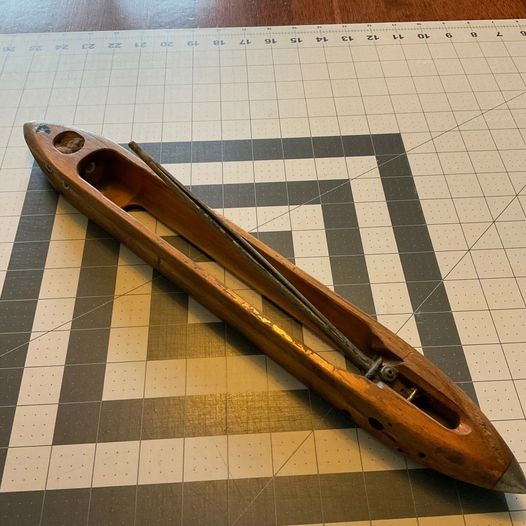Introduction
The weaving shuttle serves as a crucial tool in textile production. Its evolution showcases changes in technology, artistry, and the importance of textiles throughout history.
Historical Background
- Ancient Beginnings: The weaving shuttle traces its origins back to ancient civilizations. Early humans used simple devices to interlace threads. These initial shuttles, often crafted from wood or bone, enabled artisans to produce textiles for clothing and various purposes.
- Medieval Innovations: By the medieval period, artisans significantly evolved the design of weaving shuttles. They created shuttles from diverse materials, including wood, metal, and ivory. The introduction of the flying shuttle by John Kay in 1733 revolutionized weaving, enabling weavers to work more efficiently and produce wider fabrics.
Usage
- Basic Function: The weaving shuttle’s primary function is to carry the weft thread across the warp threads on a loom. This essential mechanism allows for intricate patterns and textures in woven fabrics.
- Types of Shuttles: Vintage weaving shuttles come in various forms, such as boat shuttles, stick shuttles, and rapier shuttles. Each type serves specific weaving needs. For example, boat shuttles are favored for handlooms due to their ease of use, while rapier shuttles excel in industrial weaving for higher efficiency.
- Artisanal Craft: Beyond functionality, vintage weaving shuttles often showcase exquisite craftsmanship. Their intricate designs reflect the cultural heritage of different regions. Many artisans take pride in creating shuttles that blend utility with artistic merit.
Legacy
- Cultural Significance: The weaving shuttle’s legacy goes beyond practical use; it symbolizes the rich history of textile production. Artisans have passed down their techniques through generations. Weaving remains an important cultural practice in many societies, with traditional methods celebrated today.
- Modern Adaptations: Despite modern advancements in weaving technology, vintage shuttles remain cherished by handweavers and textile artists. Many contemporary artisans enjoy the tactile experience of using traditional tools, fostering a connection to the past.
- Collectible Artifacts: Vintage weaving shuttles have also become collectible items for enthusiasts and historians. Their unique designs and historical significance make them valuable artifacts in museums and private collections, highlighting the evolution of textile technology.
Conclusion
The vintage weaving shuttle embodies the artistry and craftsmanship of generations. Its historical journey reflects the development of weaving techniques and the cultural importance of textiles in society. As both a functional device and a collectible artifact, the weaving shuttle continues to inspire and connect us to the rich legacy of textile production.

Leave a Reply